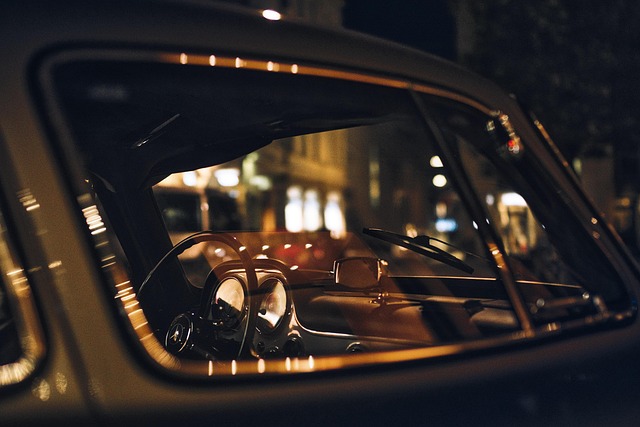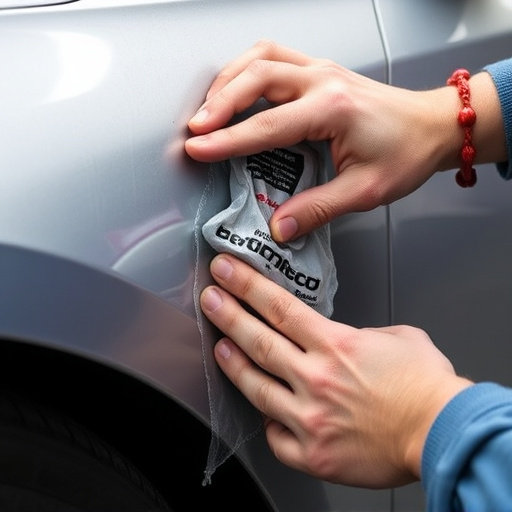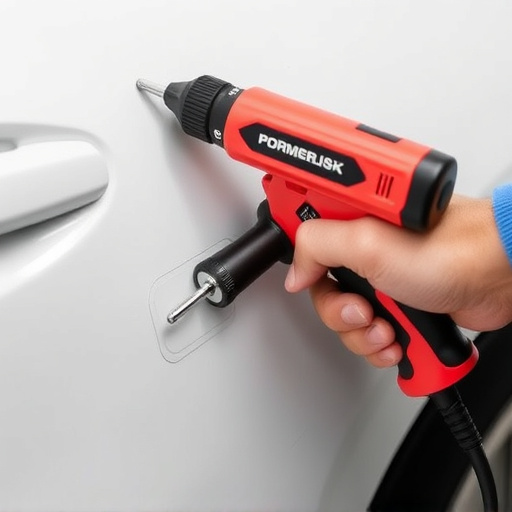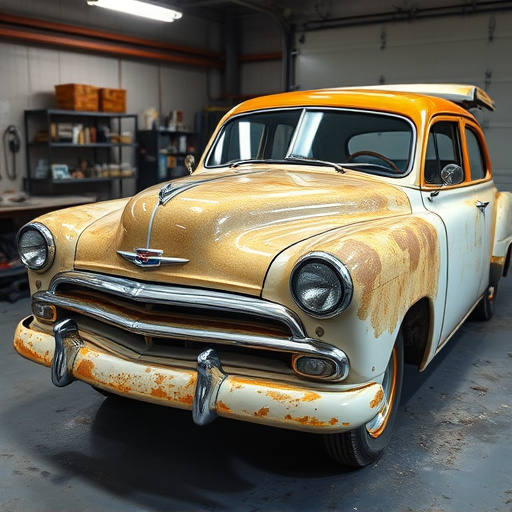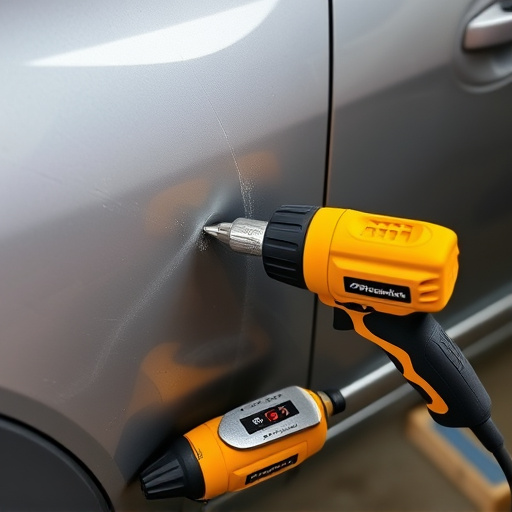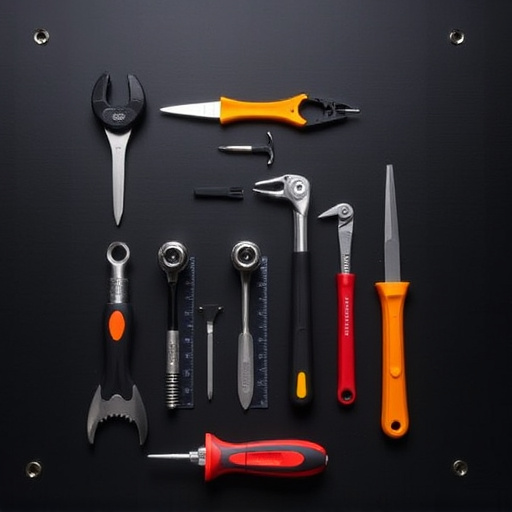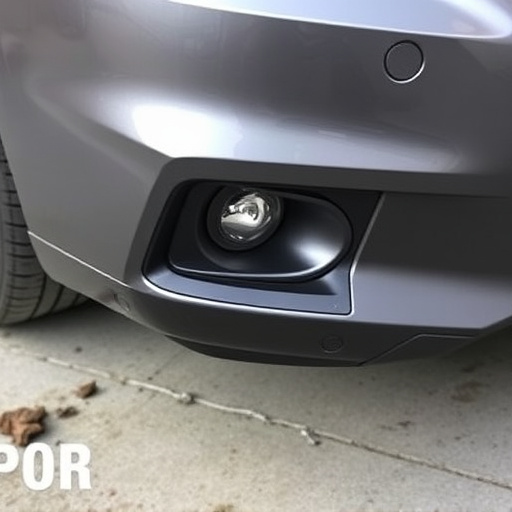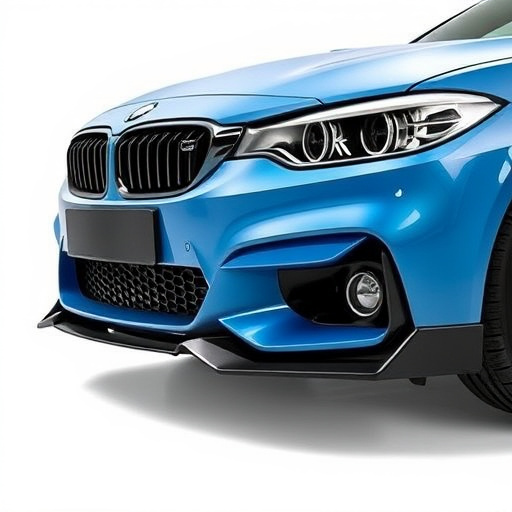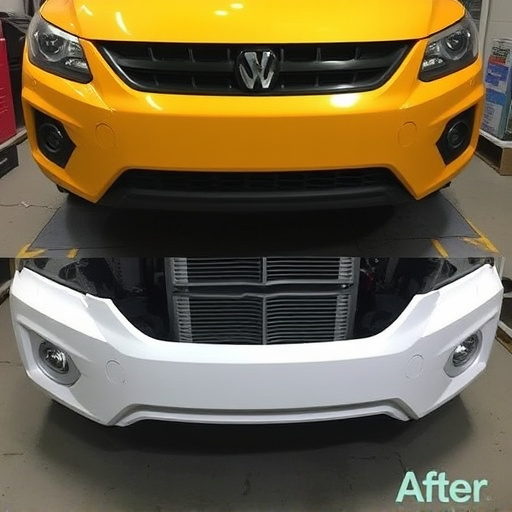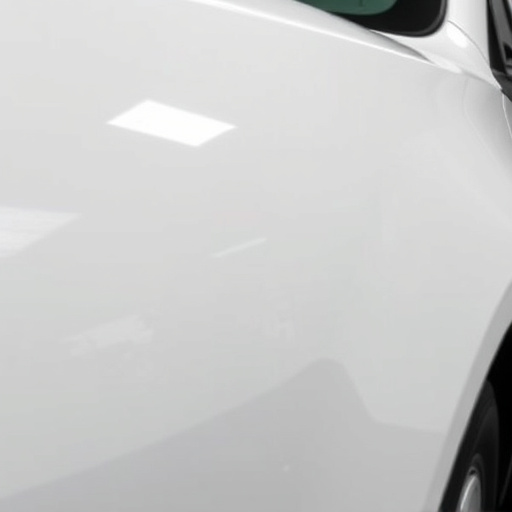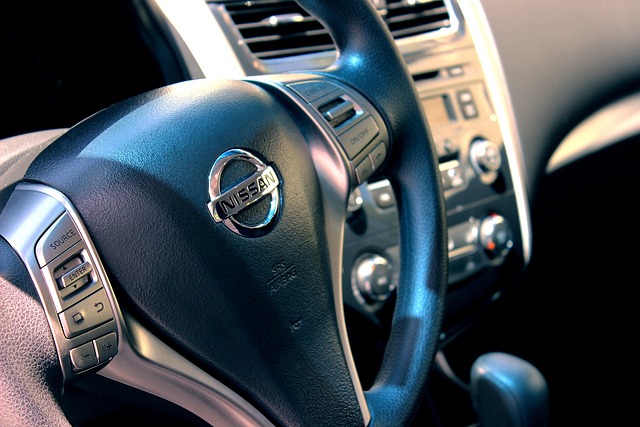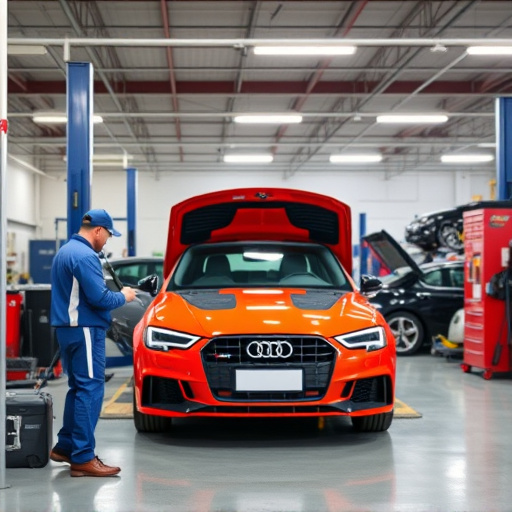Crossover vehicle repair requires specialized skills and a systematic approach. Modular interiors offer easy access to components but necessitate precise frame straightening and body panel alignment for structural integrity. Accurate diagnosis is key, focusing on noises, performance, and visual cues. Common issues include worn brakes, faulty lighting, and dents, with modern onboard diagnostics aiding identification. Paintless dent repair maintains original finishes cost-effectively. Regular maintenance prevents major repairs, ensuring optimal crossover vehicle performance and safety through meticulous inspection and detailed repair planning.
Crossover vehicles, with their versatility and popularity, present unique challenges when it comes to repair. This comprehensive guide delves into the intricacies of diagnosing and fixing common issues in these multi-purpose machines. From understanding their distinct features to following a step-by-step approach for successful repairs, you’ll gain the knowledge needed to tackle crossover vehicle repair confidently. Master the art of maintenance and ensure your SUV performs optimally on any terrain.
- Understanding Crossover Vehicle Unique Features
- Diagnosing Common Repair Issues Effectively
- Step-by-Step Guide to Successful Crossover Repairs
Understanding Crossover Vehicle Unique Features
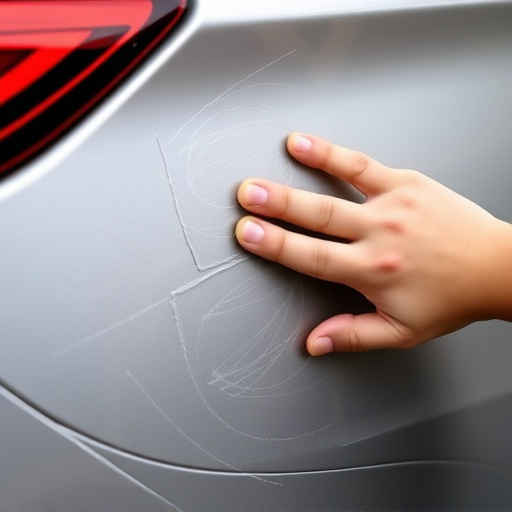
Crossover vehicles, a popular choice for families and outdoor enthusiasts alike, offer a unique blend of passenger car comfort and SUV capability. When undertaking crossover vehicle repair, understanding these distinctive features is paramount. These vehicles often boast versatile interiors with modular designs allowing easy access to components like seats, floor pans, and underbody panels—a distinct advantage during repairs compared to traditional SUVs or trucks.
Furthermore, crossover repair involves specialized processes such as frame straightening to maintain the vehicle’s structural integrity and original design. Automotive collision repair techniques tailored for crossovers ensure precise alignment of body panels and structural components, preserving the vehicle’s safety features and smooth handling. Vehicle paint repair is another critical aspect, requiring skilled technicians to match the crossover’s unique color and finish while restoring its aesthetic appeal and protecting its surface from future damage.
Diagnosing Common Repair Issues Effectively
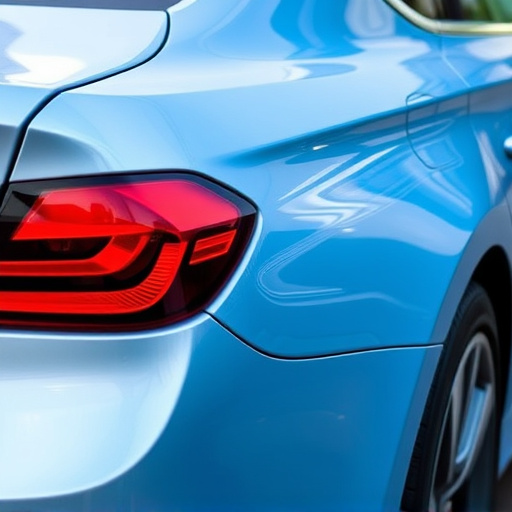
Diagnosing issues with a crossover vehicle effectively is key to ensuring top-quality repairs. Start by conducting a thorough inspection, paying close attention to any unusual noises, performance bottlenecks, or visual imperfections. Check for common problems like worn-out brakes, faulty lighting systems, or damage to the body, such as dents and scratches. Modern crossovers often have sophisticated onboard diagnostics that can help pinpoint specific issues, making it easier to identify root causes.
One area to focus on is paintless dent repair (PDR), which has become a popular choice for auto maintenance due to its cost-effectiveness and minimal disruption to the vehicle’s original finish. PDR techniques, combined with skilled technicians, can efficiently address minor dents and scratches, maintaining the car’s aesthetic appeal without extensive repainting or body work. Regularly scheduled auto maintenance checks can also help prevent major crossover vehicle repair issues from arising, ensuring optimal performance and safety.
Step-by-Step Guide to Successful Crossover Repairs
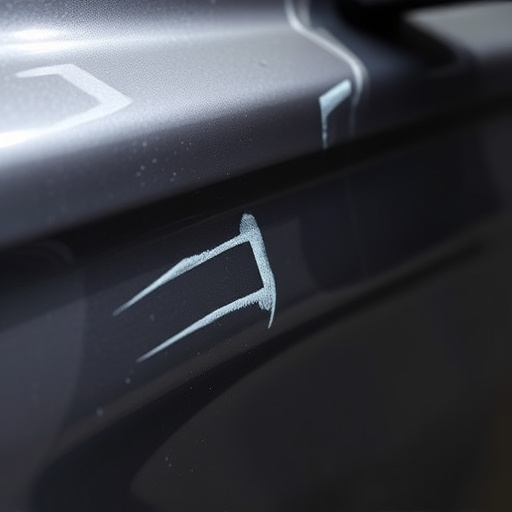
When undertaking crossover vehicle repair, a systematic approach is key to achieving optimal results. Start by thoroughly inspecting the damaged area, identifying the extent and type of damage. This step involves assessing the crossover’s bodywork, fenders, bumpers, and surrounding components for any cracks, dents, or misalignments. Next, create a detailed plan outlining the necessary repairs, from simple adjustments to complex panel replacement.
Proceed with precision, beginning with lighter tasks like straightening and painting, followed by more intricate procedures such as collision damage repair on hard-to-reach areas. Utilize specialized tools and techniques tailored for crossover vehicle repair, ensuring compatibility with your car’s unique design. Throughout the process, consider the integration of advanced car bodywork services to enhance aesthetics and structural integrity. Remember, proper alignment and quality finishes are vital for a seamless repair that matches your crossover’s original craftsmanship.
Crossover vehicle repair requires a blend of knowledge and skill to address their unique features effectively. By understanding the specific components and systems that make crossovers distinct, you can accurately diagnose and resolve common issues efficiently. The step-by-step guide provided offers a structured approach to ensure successful repairs, ultimately saving time, money, and potential future damage. For those venturing into crossover vehicle repair, this is a valuable resource to enhance their capabilities and contribute to the smooth operation of these versatile vehicles.
